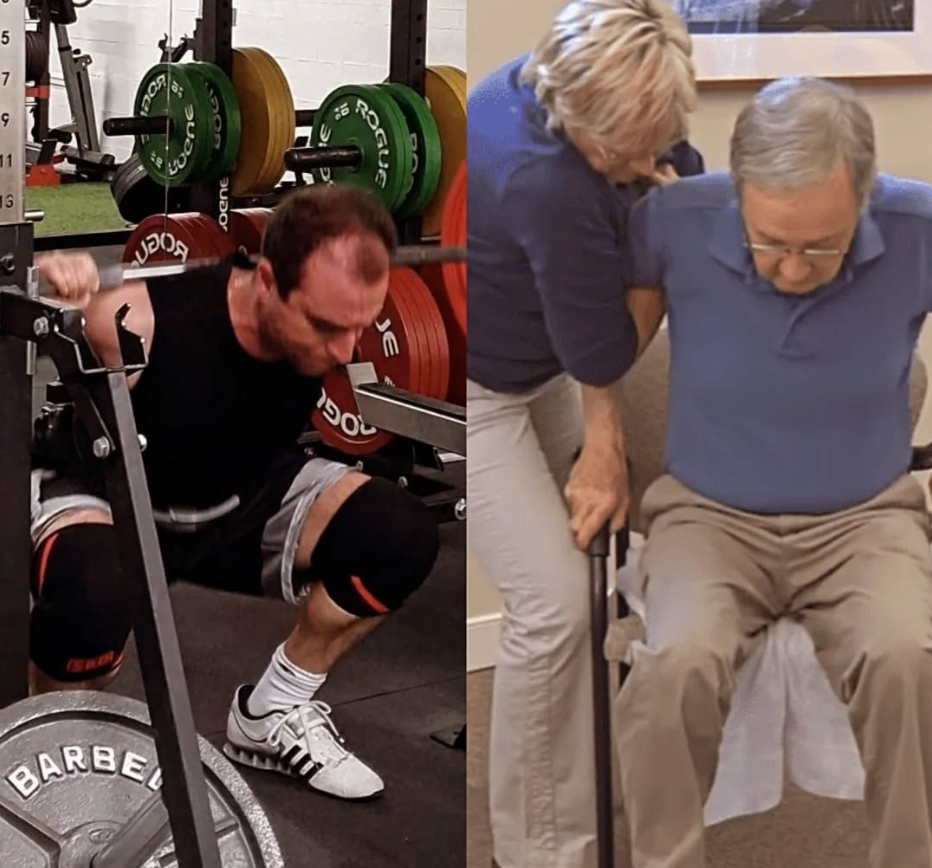Is Running Actually Bad For Your Knees?
- Stephen Strumos

- Apr 13, 2022
- 2 min read
Running is one of the most accessible and simple ways to get aerobic exercise in.
There is evidence that running even less than 50 minutes per week reduces the risk of premature death from any cause, from heart disease, and from cancer by 27%, 30%, and 23% respectively.
Running also decreases resting blood pressure in both people who have normal and high blood pressure.
But there are concerns people have with running in regards to joint health and the impact of repetitive steps over time.
Unfortunately, running is often considered to be a direct cause of knee osteoarthritis despite contrary evidence. There was no relationship found between running and the diagnosis of osteoarthritis or other problems on imaging tests.
However, they did find that runners had a 50% lower chance of undergoing joint surgery due to osteoarthritis.
Based on the evidence, recreational running appears to be protective rather than risky when it comes to overall knee health.
Going back to claims that some make in regards to the “dangers” of running on your knees; it was actually found that runners have stronger knees and a stronger bone density when compared to those that don’t run.
Just like any weight-bearing activity, the body adapts to the repetitive impact that happens during running. And these effects are even more pronounced when you compare them to the risks that accompany a sedentary lifestyle.
Data shows that more joint pain occurs among those who did not run compared with runners.
Bones, joints, muscles, and many other features of the body benefit from any physical activity, especially when volume and intensity are appropriate.
Making sure you “dose” your running appropriately is key to getting the most out of it. And if you feel knee pain while running, the intensity and volume are just two of the variables that can be adjusted to find a spot that works for you.
Participation, even if you need to modify it, is always better than avoidance, and finding something sustainable for you is what will allow you to reap the benefits of running long-term.
To your good health,
-Coach Stephen
P.S.
If you're dealing with knee pain while running or looking at some qualified help to build up your own strength and durability, click here to inquire about coaching options.
References:
Alentorn-Geli E, Samuelsson K, Musahl V, Green CL, Bhandari M, Karlsson J. The Association of Recreational and Competitive Running With Hip and Knee Osteoarthritis: A Systematic Review and Meta-analysis. J Orthop Sports Phys Ther. 2017 Jun;47(6):373-390.
Lo GH, Musa SM, Driban JB, Kriska AM, McAlindon TE, Souza RB, Petersen NJ, Storti KL, Eaton CB, Hochberg MC, Jackson RD, Kwoh CK, Nevitt MC, Suarez-Almazor ME. Running does not increase symptoms or structural progression in people with knee osteoarthritis: data from the osteoarthritis initiative. Clin Rheumatol. 2018 Sep;37(9):2497-2504.
Pedisic Z, Shrestha N, Kovalchik S, et al Is running associated with a lower risk of all-cause, cardiovascular and cancer mortality, and is the more the better? A systematic review and meta-analysis British Journal of Sports Medicine 2020;54:898-905.
.png)



Comments